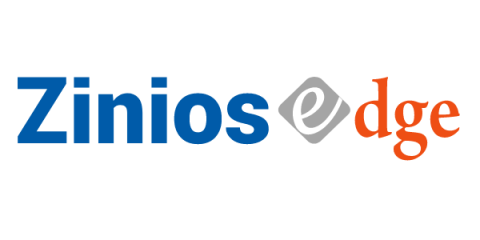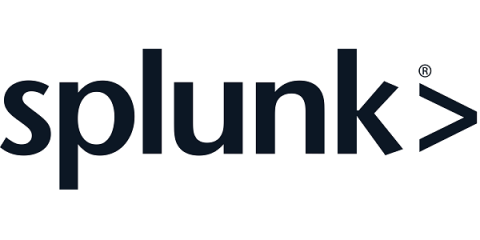Predictive Analytics Use Cases In The Retail Industry
In an expanded and commercial industry space new and innovative opportunities are presented to retail organizations from several novel sources of data, log files, and from transaction information to sensor data to achieve unmatched value and combative advantage in their respective fields. In order to attain customer satisfaction and to flourish their business, people across the organization must be empowered, so that swift and accurate decisions can be attained.








